This guide, “How to Select Your Ideal Exercise Ball Size,” is designed to help you find the perfect exercise ball to enhance your fitness routine. Selecting the appropriate size is crucial for optimizing benefits and maintaining safety while exercising. By following our straightforward steps, you’ll learn how to determine the right exercise ball size tailored to your height and the specific exercises you plan to perform, ensuring a more effective and enjoyable workout experience.
Measure Your Height
Stand straight against a wall. Remove any shoes or headgear that might alter your height for the most accurate reading. Position yourself so that your heels are touching the wall and your body is in a straight line from head to heel. Make sure your shoulders are relaxed and your chin is parallel to the ground. Ask someone to help you, or if alone, use a book or a flat object to gently place on the top of your head and mark the wall where it touches. This will ensure you have a clear indicator of your true height.
Use a tape measure to get the precise measurement. Align the end of the tape measure with the mark on the wall. If you used a helper, have them read the tape for accuracy or position it carefully to read it yourself. Record your height in either inches or centimeters, depending on your preference or regional standards. Make sure to write it down immediately to avoid forgetting. This process not only gives you an accurate measurement but also allows you to track growth or changes over time.
Refer to Size Chart
Consult an exercise ball size chart that matches your height with the recommended ball sizes. Find your height on the chart, and take note of the corresponding ball size suggested for you. Typically, exercise balls range from 45 cm to 85 cm in diameter, so it’s crucial to select one that promotes proper posture and a comfortable workout experience. Ensure your height falls within the specified range for the chosen size to maximize the benefits of your exercise ball.
Select an exercise ball that aligns with the size you identified on the chart. Once you have chosen the appropriate size, check the ball’s specifications before making your purchase. Verify factors such as weight capacity and material quality to ensure safety and durability. Inflate the ball to the recommended pressure, which will help maintain its shape and support your workouts effectively. Adjust your seating position on the ball after inflation, ensuring your knees are at a right angle and your feet are flat on the ground for optimal stability and comfort.
Consider Your Activity Level
Identify your primary activities for using the exercise ball. Assess whether you will focus on stability exercises, yoga routines, or integrating the ball into your workspace. Each of these uses has specific ball size requirements. For stability exercises, which often involve dynamic movements, aim for a larger ball that provides ample support and balance. If you plan to practice yoga, select a stability ball that matches your height to help you achieve proper alignment and support during poses.
Measure your height to find the right ball size. Generally, if you’re under 5’1”, choose a 45 cm ball; for those between 5’1” and 5’8”, opt for a 55 cm ball; and if you’re over 5’8”, go for a 65 cm ball. When using the ball at your desk, ensure your feet remain flat on the floor with your thighs parallel to the ground while sitting. By determining your activities first and selecting the correct ball size, you set yourself up for a successful and comfortable experience with your exercise ball.
Test the Ball Size
Test out various exercise balls of different sizes. Visit a local fitness store or a gym with a selection available. Sit on each ball for a few moments to get a sense of comfort and stability. Pay attention to the position of your knees and feet while seated:
Take notes on how each ball feels. Compare the sizes and comfort levels to determine your ideal fit. If a particular ball feels right, check its size label or specifications. Standard recommendations vary based on your height:
Choose the one that maintains those ideal knee and foot positions while providing support.
Check Weight Capacity
Check the specifications on the exercise ball’s packaging or product description. Look for the weight capacity listed by the manufacturer, which is often expressed in pounds or kilograms. Ensure that your weight, along with any additional forces you might exert while exercising, falls below this limit. For example, if you weigh 180 pounds and plan to perform dynamic movements, consider the extra stress and choose a ball that can accommodate at least 250 pounds. Remember that manufacturer’s ratings typically include a safety margin, so selecting a ball with a higher capacity offers extra peace of mind.
Test the ball for firmness before use. Inflate it according to the manufacturer’s instructions, ensuring it’s neither too soft nor over-inflated; a properly inflated ball should provide a snug fit against your body when sitting. Gently apply your weight to the ball, assessing its stability. If it feels wobbly or appears to be losing air, reconsider your choice or make adjustments. Make sure to periodically check the weight capacity and firmness of the exercise ball, especially if it’s been used for a while, to maintain safety during your workouts.
Optimal Size for Comfort
In conclusion, choosing the ideal exercise ball size is essential for maximizing your workouts and minimizing the risk of injury. By measuring your height, consulting size charts, taking your activity level into account, testing different sizes, and ensuring the ball can support your weight, you can confidently select a ball that aligns with your fitness goals. With the right exercise ball, you’ll enhance your workouts and enjoy a more effective and safe fitness journey. Happy exercising!
Essential Supplies Needed
Finding Your Fit
Selecting the Right Size: A Guide to Finding Your Perfect Exercise Ball
By following these tips, you’ll be well on your way to selecting the perfect exercise ball size for your needs!

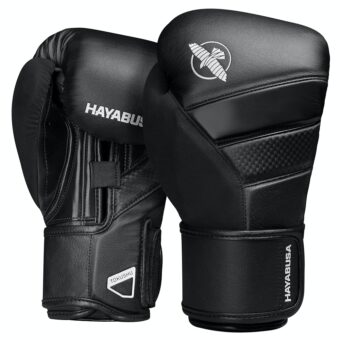
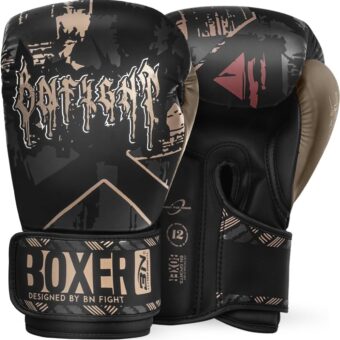
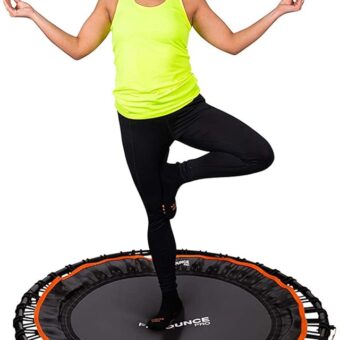
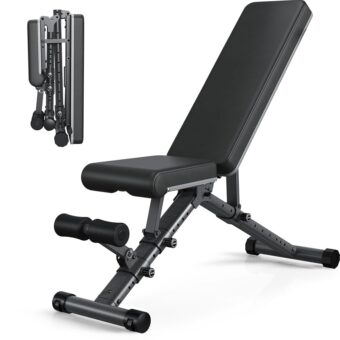

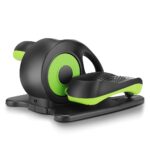

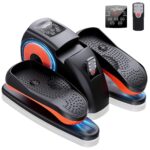
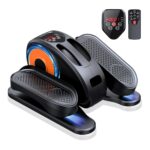
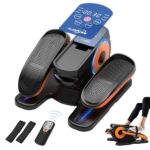
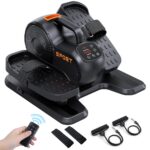
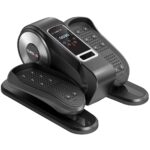
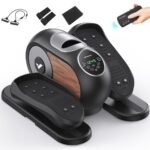
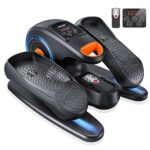
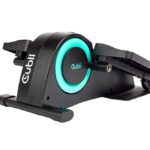
This article was super helpful! I keep mixing up my exercise ball sizes for different activities. Anyone else do this? I find it helps with specific workouts.
I went through this guide and opted for a 65 cm ball since I’m 5’6′. At first, it felt a bit too high, but after a few days, I’ve gotten used to it, and my back pain has lessened significantly! Just give yourself time to adjust.
I’m just getting started with exercise balls. Any advanced tips for someone who’s a total newbie? I really want to make sure I’m using it correctly!
Absolutely! Start with basic exercises and focus on your form. As you build confidence, you can add more challenging movements. Consistency is key, and don’t hesitate to seek out video tutorials for guidance!
I always thought exercise balls were just for fitness classes. But now I use mine for stretching and balance exercises too! If you’re not using it for workouts, try using it while watching TV to improve your core strength! Anyone else doing this?
That’s a great idea! Using the ball during other activities can definitely help with core stability. Thanks for sharing your experience!
I think the size chart is a lifesaver! But can anyone explain how to adjust if you’re between sizes? Like, should I go smaller for balance exercises or larger for stability?
Great question! If you’re between sizes, it often depends on your activity. For balance exercises, a smaller ball can indeed provide better control, while a larger ball offers more stability. Listen to your body and see what feels best for your workouts!
I just got myself a Trideer Exercise Ball after following this guide! I measured my height, and it was spot on. I never knew how much of a difference the right ball makes for my posture while working at home. Highly recommend it to anyone feeling unsure about the size!
Has anyone tried using the Liforme Yoga Ball? I’m curious if it’s as good as it looks! I want something durable but also stylish for my home office.
I’ve heard good things about the Liforme Yoga Ball! It’s known for its durability and aesthetics. Definitely worth checking out!
When I first got my exercise ball, I inflated it too much, and it was super bouncy and unstable. Now I keep it slightly under-inflated for more control. Just a little tip for those who might struggle with balance!
I think the weight capacity ensures safety more than anything. If you’re near the limit, it’s probably best to consider a more suitable ball. I switched to a larger size when I found my old one was nearing its limit, and I feel much safer now!
That’s a smart move! Always prioritize safety with exercise equipment. Thanks for sharing your tip!
Does anyone know if the weight capacity affects the ball’s performance? I’m currently using a 75 cm ball but am worried about it being too close to the max weight.